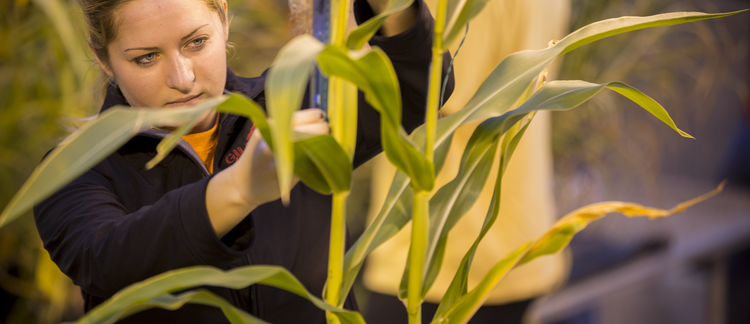Abstract
During 2006, mosquitoes were collected at the Western Research Farm, Castana, and McNay Research Farm, Chariton, IA in gravid traps that were baited to attract female mosquitoes that were ready to lay eggs(oviposit). The gravid trap in particular is in widespread use in mosquito control programs throughout the U.S., because the trap preferentially attracts mosquitoes that 1) are known vectors(in the genus Culex) of West Nile virus(WNV) and St. Louis Encephalitis virus (SLEV) and 2) have taken a potentially infectious blood meal (prerequisite to oviposition), thereby increasing the chance of detecting virus. Specimens were collected daily and kept cold to maintain integrity, then were mailed to campus. Once in the lab,specimens were identified to species and vector species were pooled into groups of up to 50—a standard operating procedure for surveillance labs across the U.S.—which then were subjected to virus detection assays. The results of trapping at these sites are shown according to the species of mosquitoes collected. Mosquitoes in the genus Culex (Cx. in table 1) were subjected to virus detection assays, and none of those collected at either farm tested positive for infection with WNV or SLEV.
Keywords: Entomology
How to Cite:
Bartholomay, L. C., (2007) “Mosquito Surveillance”, Iowa State University Research and Demonstration Farms Progress Reports 2006(1).
Downloads:
Download pdf
View PDF
251 Views
119 Downloads

